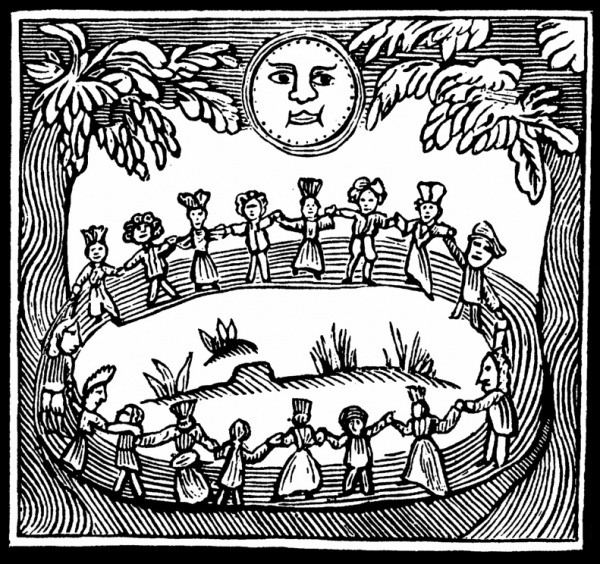1. Choose a novel in which the novelist makes use of symbols. Describe briefly what they represent and discuss how the use of these symbols helps develop the central concern(s) of the text.
‘The Kite Runner’ by Khaled Hosseini makes use of several symbols throughout the text such as the Eid sacrifice, kites, pomegranate trees, slingshots, the harelip and the story of Rostram and Sohrab. We can look at what these symbols represent and how they help develop the central concerns of guilt and redemption and the loyalty of friendship.
The most important symbol in the text is the Eid sacrifice which represents the character Hassan. In Islam a goat or sheep is sacrificed to show the loyalty between man and God, in the text Hassan is being raped by Assef because he refused to give up the kite for Amir. The text tells us that Amir shuts his eyes and that all he could see was “the look of the lamb”. This becomes a metaphor that connects Hassan with the sacrifice. The lamb accepts its fate, to be sacrificed for the love of God in much the same way that Hassan accepts the abuses of Assef for the love of Amir. This primarily highlights the central concern of friendship and loyalty as Hassan allows Assef to rape him so he can keep the kite for Amir. He has admitted previously that he would “eat dirt” for Amir, and here he is doing something similarly grim. It also highlights the theme of guilt and redemption though, as Amir should really have intervened at this point and stopped Assef. Instead, he shuts his eyes and ignores the event, a decision which will lead to him feeling guilty for the next twenty years.
The second symbol that is significant in this text in relation to the two themes is the kites. Traditionally kites were used as tools in war and now in Afghanistan there are annual kite tournaments where teams of boys fight to win. In the book the kite is used to show the strength of the bond between Amir and Hassan. At the kite tournament they must work as a seamless, synchronised team to defeat the other players. It is this symbiotic nature between the boys that allows them to win. When they do win, Amir is seen shouting “We won! We won!” Amir’s word choice of ‘we’ shows him publicly admitting that he and Hassan are together and united. He admits out loud that they are friends. The kite is later seen to separate the boys though and comes to represent Amir’s guilt. The kite is the reason Hassan gets raped. He sees the kite as his and Amir’s prize for winning the tournament and tells Assef this. When he returns with the kite Amir doesn’t see it as a symbol of their victory but rather a reminder of what Hassan has gone through and his own guilt at not intervening. At the end of the novel we see the kite once more. This time it is again used to reinforce the theme of loyalty and friendship. Amir and Sohrab are flying kites together in the park. Amir tells Sohrab he will run him a kite, and that he would do this “a thousand times over”. This is a phrase Hassan once used with Amir, to show Amir the level of his devotion. Amir has now learnt how strong the bond is between himself and his old friend. He repeats this phrase to his nephew but it is also a promise to Hassan that he will raise his son properly. The kite is the tool that will bond Amir and Sohrab and will keep alive the tie between Amir and Hassan.
A third symbol we see in the book is the pomegranate tree which is used to represent the friendship between Amir and Hassan at three points in the plot. Pomegranates are traditionally seen as symbols of friendship in Islamic tradition and we first see the pomegranate tree when the boys visit the cemetery and carve into the tree’s bark “Amir and Hassan, Sultans of Kabul”. Here we see the two boys as equals, they are both rulers of all they purvey. More importantly they are sharing that land too which shows them in a strong partnership together. The second visit to the pomegranate tree occurs after Hassan has been raped and this time Amir shouts the word ‘coward’ at Hassan and throws the fruit at him causing it to fall apart. Here Amir is really angry at himself for not intervening in the rape, he believes that if he makes Hassan hurt him it will make up for not stopping Assef. Amir can only deal with his guilt at this point by causing himself hurt. He is the real coward here, as he didn’t stop his best friend from getting hurt. The pomegranate’s physical disintegration becomes a metaphor for the break-up of the two boys as their friendship dissolves in that one moment. Finally we see the pomegranate tree when Amir returns to Kabul and is aware that Hassan is dead and he must rescue Sohrab. He returns to the tree to find it still labelled with the words he and Hassan carved into it twenty-six years before. This tells us that although the tree and Hassan are dead, the survival of the engraving shows their relationship is still alive as Amir has found a way to redeem himself. The pomegranate tree then represents these two themes. It first plots the journey of Amir and Hassan’s relationship from its strongest point to its weakest and then its remembrance. It acts as a witness to Amir’s guilt (when the boys fall out) and to the start of his redemption (when he returns to rescue Sohrab).



